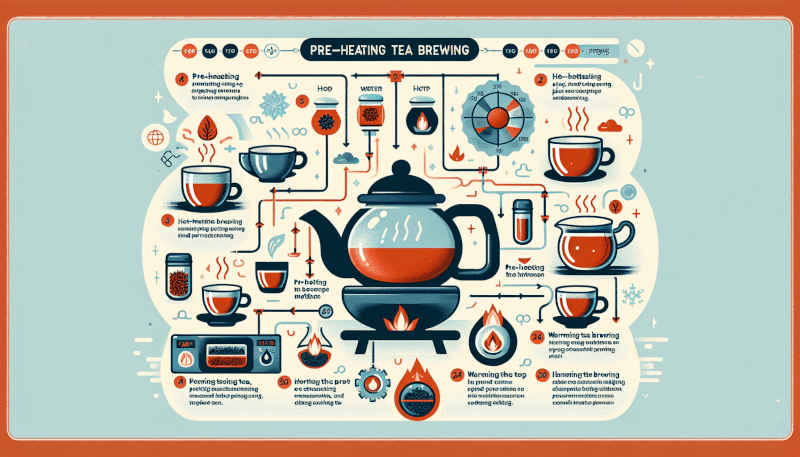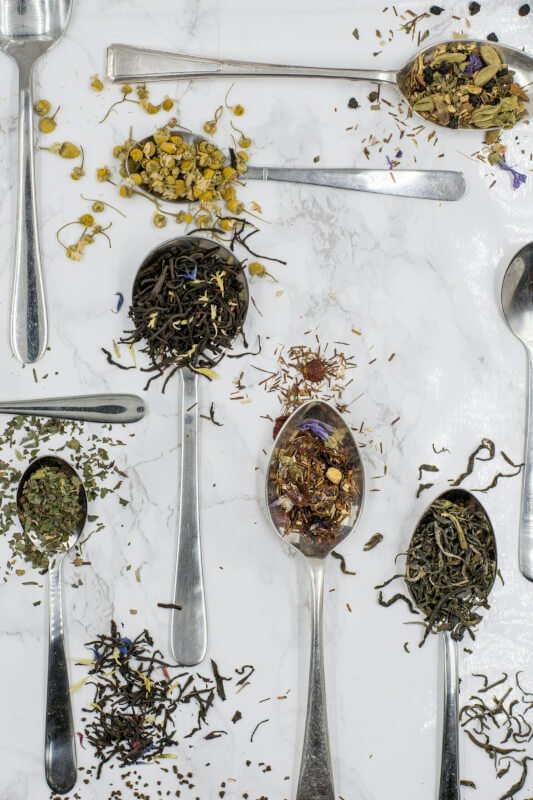Imagine enjoying a perfectly brewed cup of tea, with its rich aroma and comforting warmth enveloping your senses. But what if I told you that there’s a simple technique you can use to elevate your tea brewing experience to a whole new level? Enter the world of pre-heating. By pre-heating your teapot or tea cup, you may unlock a hidden potential within your tea leaves, resulting in a more flavorful and satisfying brew. In this article, we will explore the impact of pre-heating on tea brewing, uncovering the science behind it and discovering the secrets to achieving the perfect cup of tea every time. Get ready to embark on a journey that will revolutionize the way you enjoy your favorite beverage.
The Impact Of Pre-Heating On Tea Brewing
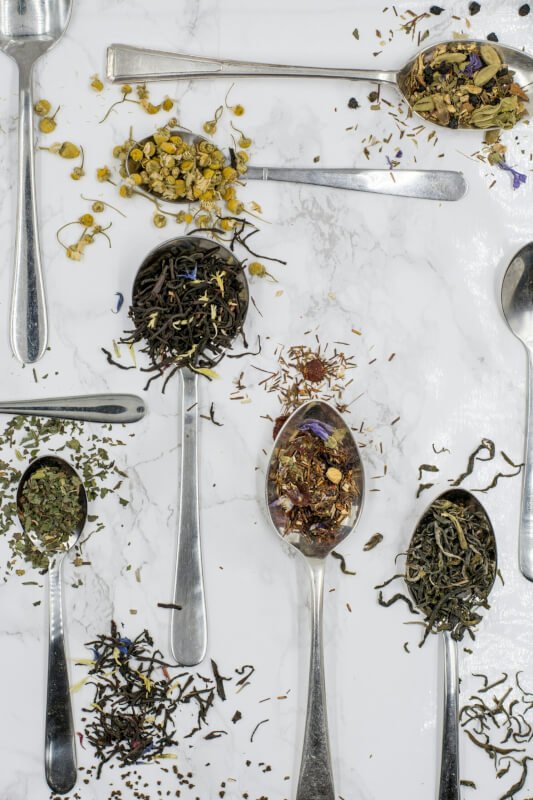
Tea Brewing Process
Brewing tea is not just about steeping tea leaves in hot water; it is a delicate process that requires precision and attention to detail. The key factors that contribute to a perfect cup of tea include the tea type, water quality, steeping time, and most importantly, the temperature at which the tea is brewed. Each type of tea requires a specific temperature range to unlock its full flavor potential and produce the desired taste.
Importance of Proper Temperature
Temperature plays a crucial role in tea brewing as it affects the extraction of compounds from the tea leaves and ultimately determines the flavor and aroma of the final brew. Brewing tea at the wrong temperature can result in a lackluster cup, with flavors either flattened or intensified beyond their desired balance. It is therefore essential to maintain the optimum brewing temperature to achieve the best possible tea drinking experience.
Introduction to Pre-Heating
Pre-heating is the process of warming the teapot or teacups with hot water before brewing tea. This step ensures that the tea is brewed at the ideal temperature and helps to maintain a consistent temperature throughout the steeping process. While pre-heating may seem like an additional step, it is a simple and effective way to enhance the overall tea brewing experience.
Benefits of Pre-Heating
1. Enhanced Tea Flavor
Pre-heating your teapot or teacups helps to preserve the delicate flavors of the tea leaves. When the tea leaves come into contact with a warm surface, they release their essential oils more readily, resulting in a more robust and flavorful brew. By pre-heating, you create an environment that allows the tea leaves to fully express their unique aromas and taste profiles.
2. Improved Extraction
Proper extraction of the desired compounds from tea leaves is crucial in achieving a well-balanced cup of tea. Pre-heating the teapot or teacups ensures that the water temperature remains consistent during the brewing process, facilitating optimal extraction. This leads to a more complete infusion of the tea leaves and a well-rounded flavor profile in the final cup.
3. Reduced Steep Time
When the teapot or teacups are pre-heated, they absorb some of the heat, reducing the time required for the water to reach the optimal brewing temperature. This not only saves time but also allows for a more efficient extraction of flavors from the tea leaves. With reduced steeping time, you can enjoy a flavorful cup of tea without compromising on taste.
4. Consistent Results
By pre-heating your teapot or teacups before every brew, you create a consistent environment for tea brewing. This consistency ensures that the tea is brewed at the optimal temperature each time you prepare a cup, allowing you to enjoy the same flavor profile with every brew. It eliminates any variations that can arise from temperature fluctuations, resulting in a reliable and satisfying tea-drinking experience.
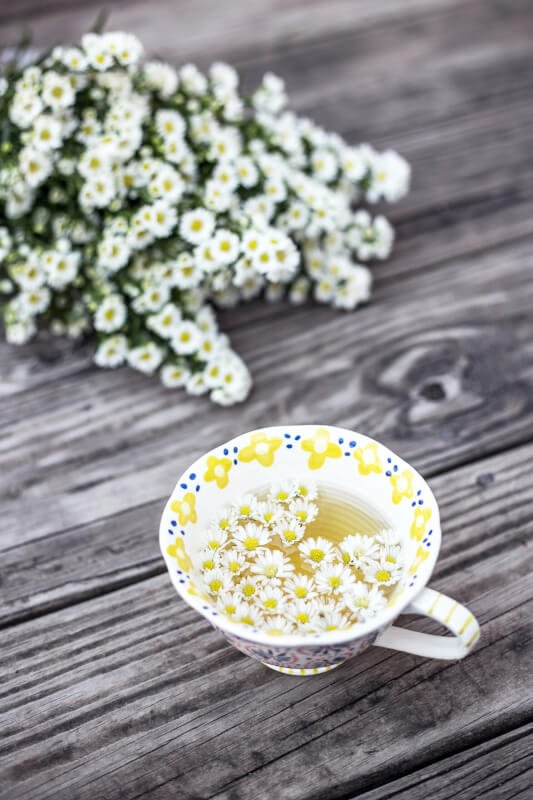
Factors Affecting Pre-Heating
1. Tea Type
Different types of tea require different brewing temperatures. Green teas generally require lower temperatures 70-80°C (158-176°F), while black teas prefer higher temperatures around 90-95°C (194-203°F). Understanding the optimal temperature range for your chosen tea type is essential in determining the appropriate pre-heating technique.
2. Water Quality
The quality of the water used for tea brewing can significantly impact the pre-heating process. Ideally, it is recommended to use filtered or spring water to brew tea, as it helps to maintain the purity of flavors. Tap water may contain impurities that can affect the taste and aroma of the tea. Therefore, using high-quality water is crucial for achieving the best pre-heating results.
3. Teapot Material
Different teapot materials have varying heat retention properties, which can affect the pre-heating process. For example, porcelain or ceramic teapots retain heat well, providing a longer-lasting warming effect. Glass teapots, on the other hand, tend to lose heat more quickly. Considering the material of your teapot can help in determining the pre-heating duration required for optimal results.
4. Pre-Heating Techniques
There are several pre-heating techniques to choose from, depending on personal preference and the type of teapot or teacups used. Some common methods include rinsing the teapot or teacups with hot water, pouring boiling water into the teapot and swirling it around before discarding, or warming the teapot on a stove or with a candle warmer. Experimenting with different techniques can help you find the most effective method for pre-heating.
Best Practices for Pre-Heating
1. Determining Ideal Temperature
Identifying the optimal brewing temperature for your specific tea type is essential before diving into pre-heating. Each tea variety has a recommended temperature range, which can be easily found through online resources or tea packaging instructions. By understanding the ideal temperature, you can adjust your pre-heating technique accordingly.
2. Pre-Heating Methods
Experiment with different pre-heating techniques to find the one that works best for you. Rinsing the teapot or teacups with hot water is a common approach that is quick and efficient. Alternatively, you can pre-heat the teapot by pouring hot water into it, allowing it to sit for a few minutes, and then discarding the water. Choose a method that suits your preferences and teapot materials.
3. Monitoring and Adjusting Temperature
To ensure that the tea is brewed at the desired temperature, it is important to monitor the water temperature during the pre-heating process. By using a thermometer or an electric kettle with temperature control, you can easily measure and adjust the water temperature as needed. This ensures that the tea is brewed precisely at the recommended temperature, thereby optimizing the flavor extraction.
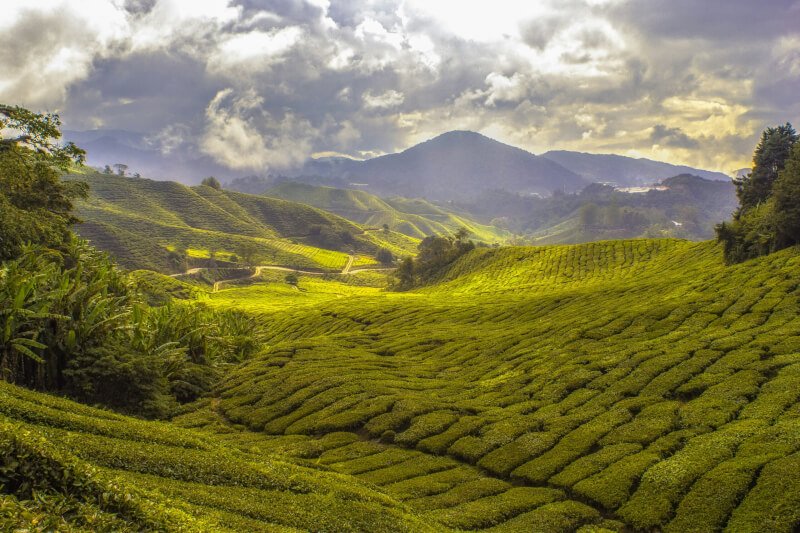
Conclusion
Pre-heating plays a significant role in tea brewing, enhancing the flavor, improving extraction, reducing steep time, and ensuring consistent results. By understanding the various factors that affect pre-heating, such as tea type, water quality, teapot material, and pre-heating techniques, you can tailor your approach to achieve the best possible cup of tea. With attention to detail and a commitment to pre-heating, you can elevate your tea brewing experience and savor the rich flavors and aromas that each tea has to offer.
References
[1] Tea Association of the USA. (n.d.). Tea Brewing Temperature. Retrieved from http://www.teausa.org/14655/tea-brewing-temperature
[2] Adair, E., & Harney, M. (2012). The Harney & Sons Guide to Tea. New York: Penguin Books.
